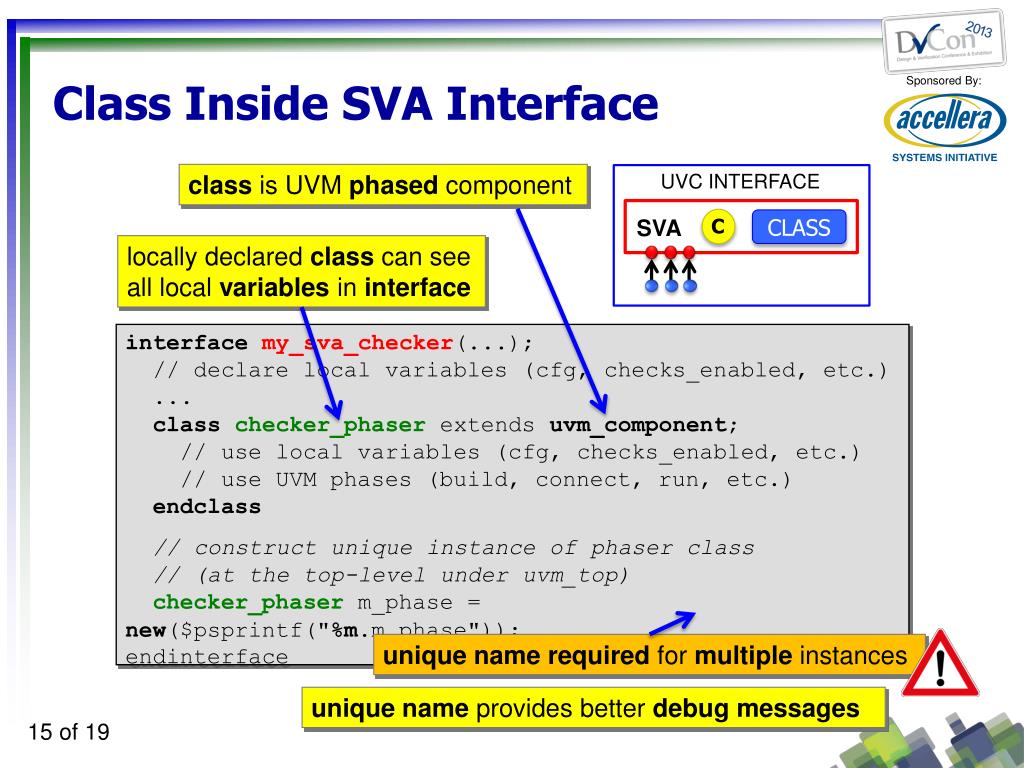
clock:processĪfter that, we create a process for the clock. a a,Īfter that, we create a process (‘clock’ here) to generate a clock of period T/2. We do this to ensure that we give proper time, for output to become stable and observable. Only after a delay, we give the next set of values. After providing one input value, we give a delay (20 nanoseconds here). Then we start injecting input values to signal.Īlso, we are using the after clause to create delays. For our 4×1 Mux example: SelectLines(0) a, In the repetitive pattern method of generation, we dedicate one statement to generate only one bit. Let’s try them using both methods of stimulus generation and compare them. To test it, we will need to apply sixteen (2 4) input combinations. Output : out std_logic_vector(3 downto 0) SelectLines : in std_logic_vector(1 doownto 0) Port( Input : in std_logic_vector(3 downto 0)

There are two ways to generate stimulus inside the testbench:Īssuming the entity of the multiplexer as entity 4x1MUX is

We have two ways to generate an in-program stimulus. The next step is to generate a stimulus, or you may say sequences for inputs. We also initialize some signals because we might need to read the values we’ve previously assigned. So we use signals for internal calculations and in the end, assign the signal value to the port. Inside the architecture of testbench, we declare a component which is actually our DUT. Also, the entity describes the input and output of the circuit that we are testing. It is there because as said earlier, a testbench is also a VHDL program.


 0 kommentar(er)
0 kommentar(er)
